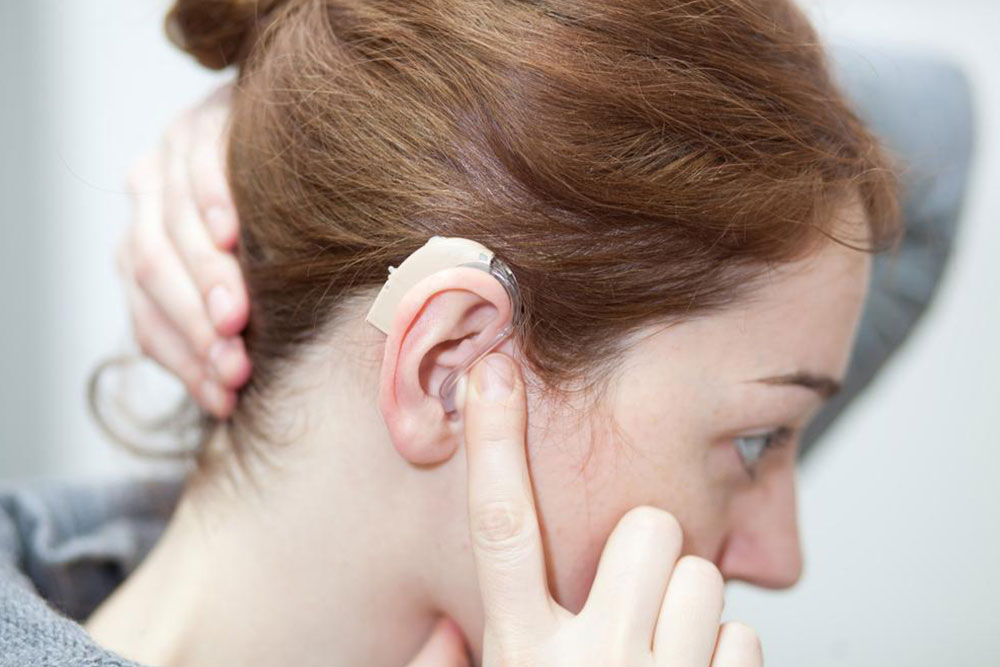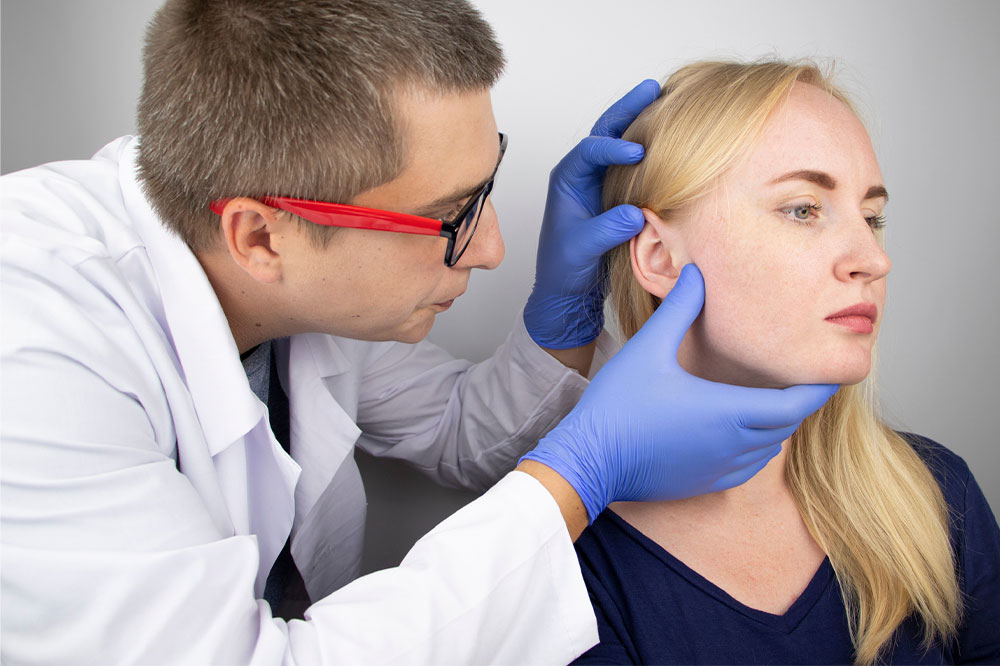Understanding the Causes and Signs of Hearing Impairment
Hearing loss, common with aging, results from causes like earwax buildup, noise exposure, or infections. Recognizing symptoms such as difficulty hearing in noisy settings and muffled sounds is crucial. Factors like age, health, medications, and environmental noise contribute to risk. While some issues can be mitigated or reversed, consulting a healthcare professional is essential for accurate diagnosis and treatment. Protecting your ears from loud noises and maintaining ear hygiene can help preserve hearing health over time.

Understanding the Causes and Signs of Hearing Impairment
Hearing decline is a common issue among older adults. In our country, about one-third of individuals aged 65 to 75 experience some form of hearing difficulty, with the number rising to one in two past age 75.
Types of hearing loss
Sensorineural: Affects inner ear structures
Conductive: Involves middle or outer ear
Mixed: Combination of both
Hearing issues often result from prolonged noise exposure or aging. Excessive earwax buildup can temporarily impair hearing, but permanent loss may require intervention.
Symptoms often include difficulty understanding speech in noisy environments, repeatedly asking others to speak clearly, withdrawing from conversations, muffled sounds, trouble hearing consonants, and increasing volume on devices.
Common causes include earwax buildup blocking sound transmission, ear infections, tumors, inner ear damage from loud noises, or eardrum ruptures caused by sudden loud sounds, pressure changes, or injuries.
Risk factors
Age: Hearing decline increases with age.
Health conditions: Diseases like meningitis or high fever can damage ear structures.
Medications: Certain drugs such as chemotherapy agents, high doses of pain relievers, or antibiotics may harm hearing.
Genetics: Family history can increase vulnerability.
Noise exposure: Extended exposure to loud sounds at work or leisure activities can cause permanent damage.
Occupational hazards: Jobs involving loud machinery or environments pose risks.
Note: The information provided is for educational purposes only. It is important to consult healthcare professionals for proper diagnosis and treatment. Do not rely solely on online guidance for medical issues.










